Having a tall body and regularly playing sports , Tieu Vuong (in his 20s, living in Zhejiang, China) is very subjective about his health.
On the evening of the incident, after finishing his part-time job, he returned home, took a quick shower, and then went out to meet his friends. While playing outside with his friends, he suddenly felt a slight tingling behind his left ear and a slight stiffness on the left side of his face. However, he simply thought it was because of the cold weather and did not pay much attention to it.

Illustration photo
When he woke up in the morning, he saw something strange on his face. He looked in the mirror and was startled to find that his mouth and eyes were crooked to the left, unable to close, his left eye was constantly watering, his voice had changed... At this time, worried that he had a stroke, he rushed with his friend to the hospital for examination.
After examination, the doctor said he had facial neuritis, also known as facial paralysis.
Investigating the medical history, the doctor pointed out that the habit of washing hair late at night and leaving wet hair outside, when exposed to cold wind outside, causes the nerves behind the ear to contract, leading to blood vessel blockage that does not supply enough blood to the facial nerves. From there, the muscles of the face and ear become swollen, causing blockage of nerve impulse transmission, paralyzing movement on one side of the face.
What is facial paralysis?
Facial paralysis is a condition that occurs when the facial nerve (also known as the 7th cranial nerve) is damaged. When facial paralysis occurs, your facial muscles will weaken, droop, and you will lose the ability to move one or both sides of your face.
Facial paralysis is divided into two types: peripheral facial paralysis and central facial paralysis. There are many causes of facial paralysis, however, most of the facial paralysis is idiopathic.
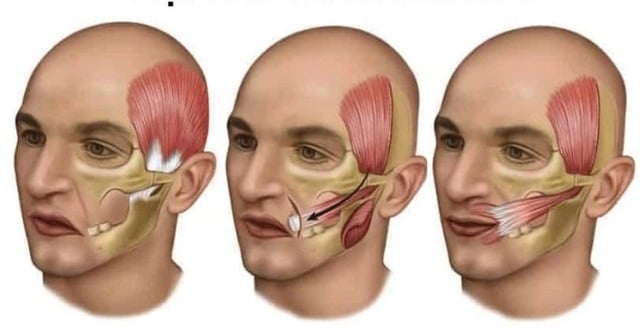
If facial paralysis is not treated properly, facial muscles can be damaged and motor function can be lost. Illustration photo
Signs of facial paralysis?
Often after a night's sleep, the patient wakes up with one side of the face feeling unusually stiff. If the patient looks in the mirror, he or she will see that one side of the face is drooping and the mouth is crooked to one side. One eye cannot be closed and tears often flow from it.
With these symptoms, people often think of a stroke. But calm down, if you see symptoms limited to the face, it is most likely facial paralysis.
However, there are also many cases where the disease occurs during the day, the patient suddenly becomes paralyzed or weak on one side of the face, making it difficult to smile, difficult to speak, difficult to close the eyes, difficult to move the facial skin on the affected side; pain in the ear on the affected side; hearing sounds louder on the affected ear; headache; loss of taste; more tears and saliva than normal. The disease will decrease within a few weeks and completely heal within 3-6 months.
Of these, about 8-10% have a recurrence, sometimes on the previously healthy side. A small number of patients have some symptoms throughout their lives.
Mild facial paralysis will heal completely, but severe cases can cause permanent damage to the nerves.
What to do to prevent facial paralysis?
Disease prevention requires a combination of measures to avoid catching a cold, especially when sleeping at night. Prevent bacterial infections by improving the body's resistance: regular exercise; a nutritious diet, increased intake of green vegetables, ripe fruits, orange juice, lemon juice or vitamin C supplements.
Wear a mask when going out or to public places such as bus stations, supermarkets, markets, etc. to avoid being infected with diseases caused by bacteria. Do not abuse corticosteroids in the treatment of musculoskeletal diseases.
Source



![[Photo] Students of Binh Minh Primary School enjoy the full moon festival, receiving the joys of childhood](https://vphoto.vietnam.vn/thumb/1200x675/vietnam/resource/IMAGE/2025/10/3/8cf8abef22fe4471be400a818912cb85)
![[Photo] Prime Minister Pham Minh Chinh chairs meeting to deploy overcoming consequences of storm No. 10](https://vphoto.vietnam.vn/thumb/1200x675/vietnam/resource/IMAGE/2025/10/3/544f420dcc844463898fcbef46247d16)





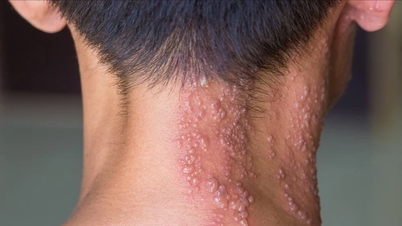


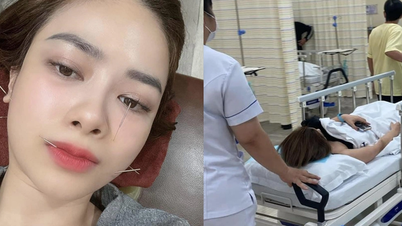


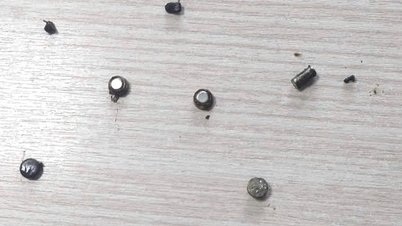



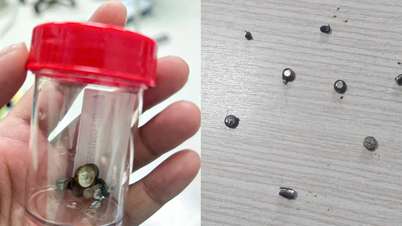

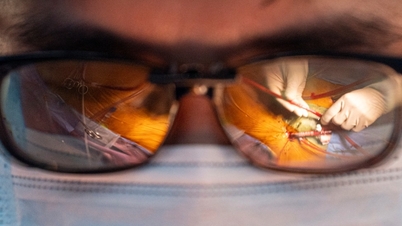



















































































Comment (0)